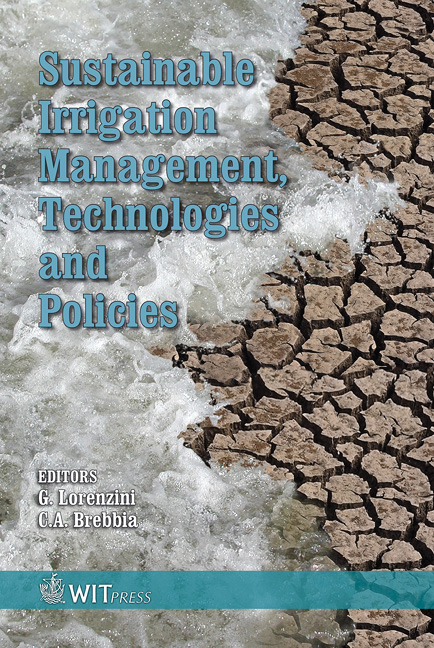Irrigated Agriculture And The Environment In The Tarim River Watershed: Case Study Of The Shaya Irrigation District In The Ugen River Basin
Price
Free (open access)
Transaction
Volume
96
Pages
9
Published
2006
Size
389 kb
Paper DOI
10.2495/SI060291
Copyright
WIT Press
Author(s)
T. Yamamoto, T. Nagasawa & A. Jalaldin
Abstract
Irrigation in arid regions like the Tarim River watershed causes salinization and influences the regional environment. In this paper, problems between agricultural wateruse and environmental conservation are discussed by real conditions of the water resource utilities. The investigated area is the Xayar irrigated district in the Ugen River basin, one of branches of the Tarim River. The results confirmed by investigation are as follows: 1. The present conditions of irrigated agriculture have various contradictions and there are many points of improvement for conservation of the regional environment. 2. Water saving is necessary in the overall irrigation system for agricultural development. 3. Irrigated agriculture must be consolidated with the drainage system for the prevention of salinization and desertification. Keywords: salinization, winter irrigation, arid area, Tarim River. 1 Introduction The Tarim River, which flows south of the Tian Shan Mountains, is the longest inland waterway in China. Its main stream length is 1321 km. The irrigated area in the Tarim Basin measures 1.6 million hectares. Cotton and fruits are produced in this area. Land reclamation has caused an increase in irrigation water intake from the Tarim River, which has caused the river’s discharge to markedly decrease. This decrease has caused ecological damage at the middle and lower reaches, particularly at the lower reaches. For example, 94% of the Yingsu region, at the
Keywords
salinization, winter irrigation, arid area, Tarim River.





